Dogs are known for their playful and often quirky behavior, with tail-chasing being one of the most amusing yet puzzling actions. This activity might seem like mere folly, but there are multiple reasons why dogs indulge in such antics. In this article, we dive into the fascinating world of tail chasing to better understand our canine companions.
Instinctual Behavior

One of the primary reasons dogs chase their tails is rooted in their instincts. Descended from wild ancestors, dogs have retained some instinctual behaviors. Tail chasing can mimic hunting behaviors where the dog is practicing predation skills on a moving target—their own tail.
Expression of Playfulness
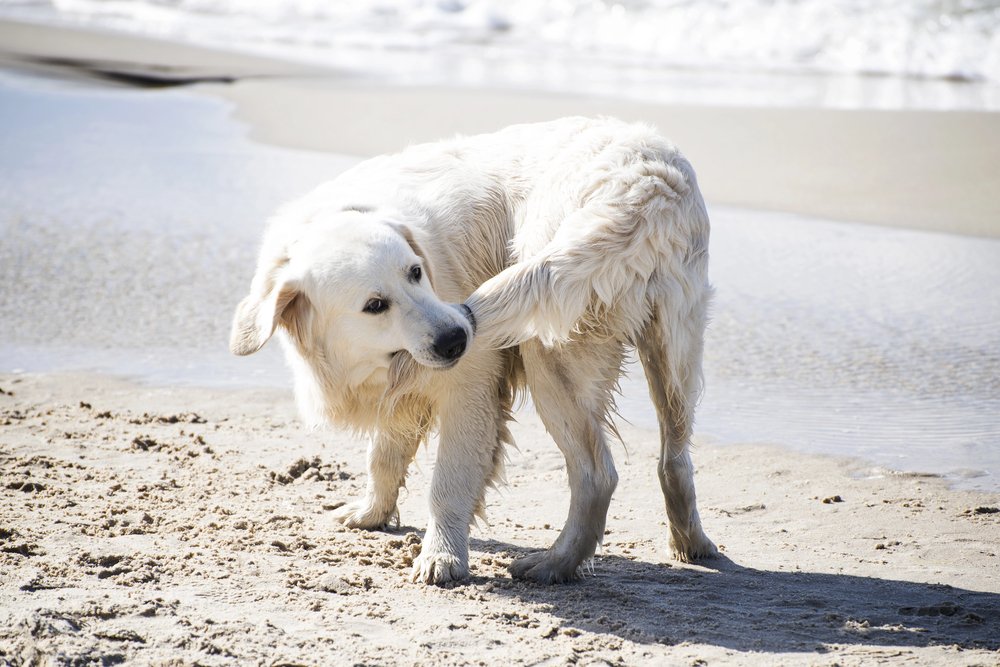
For many dogs, tail chasing is simply an expression of playfulness. Puppies, in particular, are more prone to this behavior as they are exploring their bodies and learning to coordinate their movements. It’s a fun way to expend energy and entertain themselves.
Attention Seeking
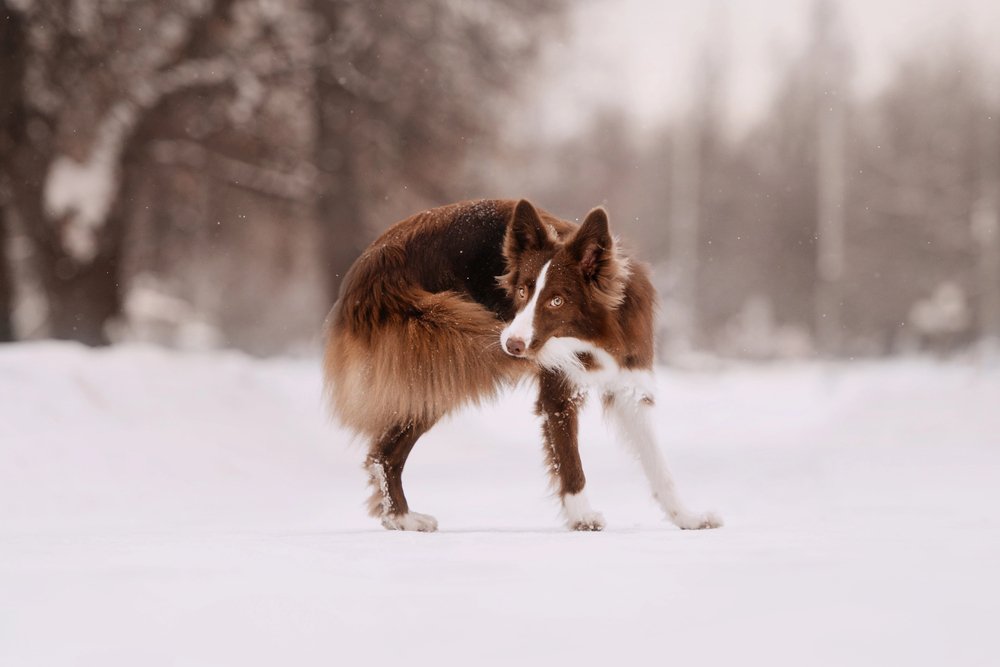
Dogs are social animals that thrive on interaction with their human companions. Tail chasing can often be a tactic to grab an owner’s attention. If a dog notices that chasing its tail results in laughter or playful engagement from humans, it is likely to repeat the behavior.
Anxiety and Stress
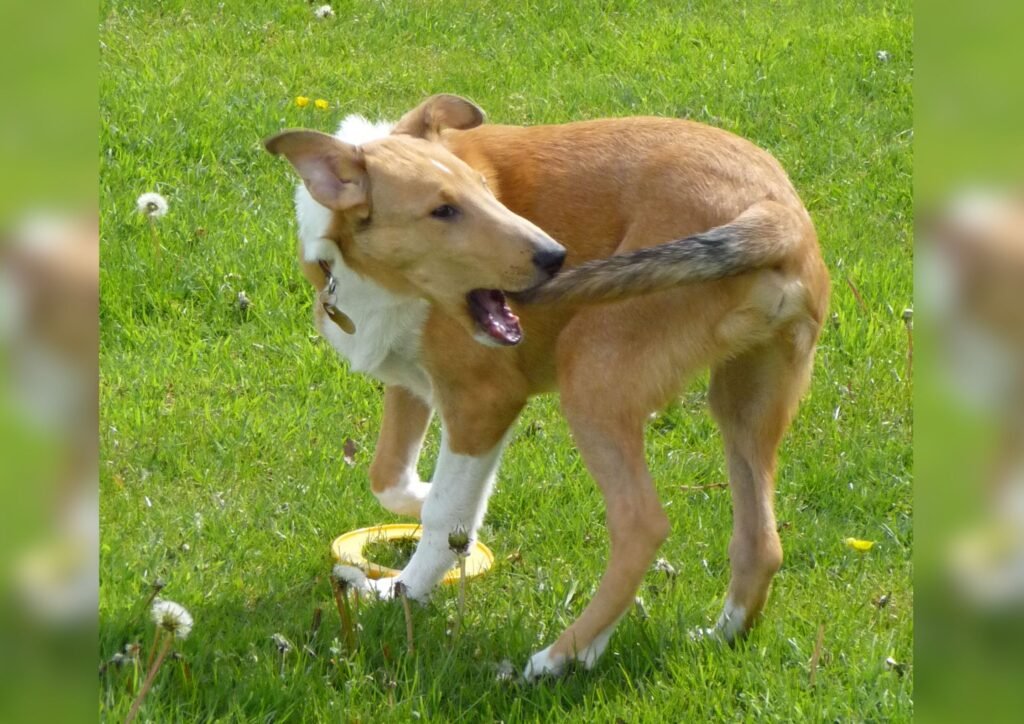
Sometimes, tail chasing can indicate anxiety or stress in a dog’s environment. Just as humans might develop nervous habits like nail biting, dogs might chase their tails as a coping mechanism to deal with stress or fear.
Compulsive Disorders
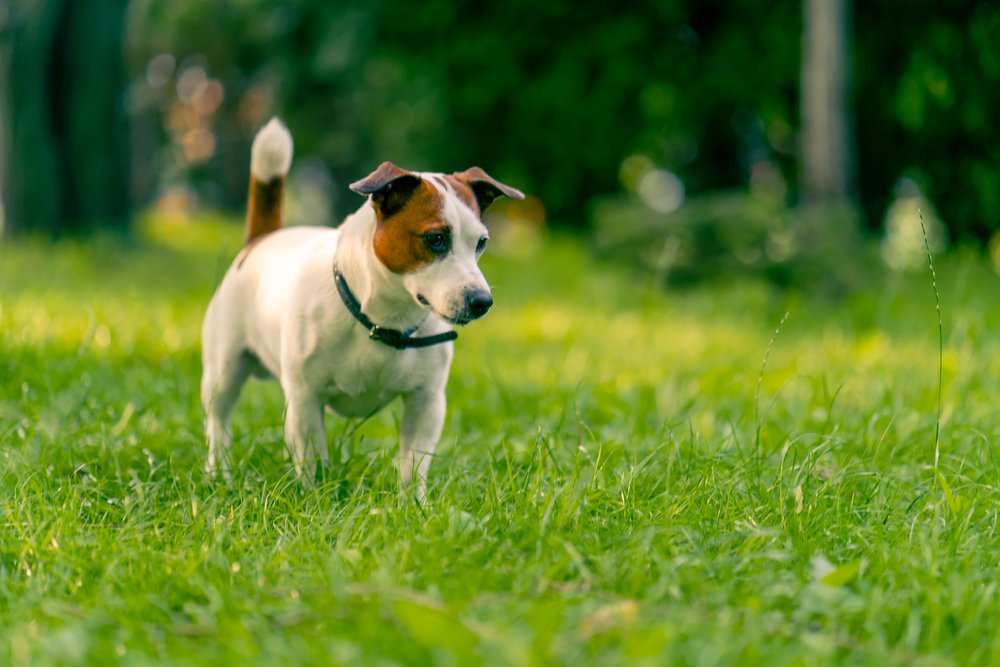
In more severe cases, tail chasing could be indicative of a compulsive disorder, similar to obsessive-compulsive disorder (OCD) in humans. Dogs exhibiting compulsive behavior engage in repetitive actions to an excessive degree, often due to genetic predispositions or environmental factors.
Medical Issues

Underlying medical issues might also cause dogs to chase their tails. Conditions such as fleas, ticks, or skin allergies can lead to irritation in the tail area, prompting the dog to chase its tail to alleviate discomfort. Anal gland issues or injuries can similarly be culprits.
Lack of Physical and Mental Stimulation

Dogs, especially high-energy breeds, require a certain amount of physical exercise and mental stimulation to remain healthy and happy. A lack of adequate exercise or mental challenges can lead to boredom, resulting in behaviors like tail-chasing as a means to burn off excess energy.
Socialization Deficiencies
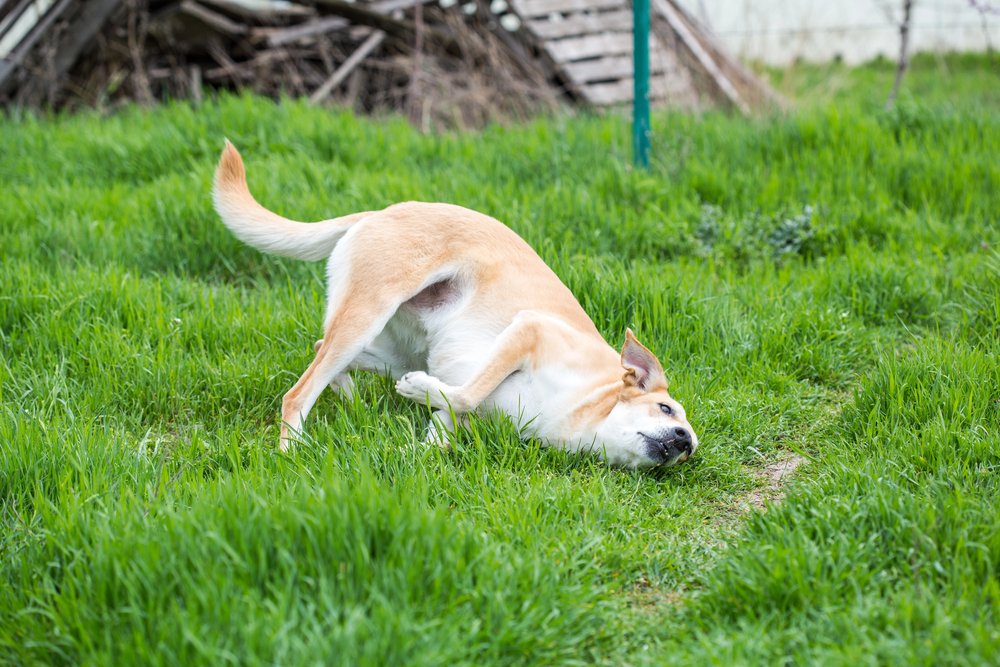
If a dog is not adequately socialized, it might engage in tail-chasing to stimulate itself. This behavior may be more prominent in isolated or limited-interaction dogs and people.
When to Seek Veterinary Advice

While tail chasing is often harmless fun, dog owners need to recognize when it might be a sign of a deeper issue. If a dog seems to chase its tail excessively or injures itself, consulting a veterinarian is advisable to rule out medical conditions or behavioral disorders.
Encouraging Healthy Behaviors

For dog owners who wish to discourage excessive tail chasing, it’s important to provide plenty of exercise and mental stimulation. Engaging your dog in interactive toys, regular walks, and games can redirect their energy and reduce unnecessary tail-chasing episodes.
Understanding Our Canine Friends

Tail-chasing in dogs can stem from a wide range of motivations, from mere playfulness to more serious health concerns. Understanding these reasons can enhance our ability to provide for the physical and mental well-being of our furry friends. By paying attention to their behavior, we can ensure that our dogs remain happy and healthy companions.

Esther is from India; the heartbeat of South Asia, holding a Master’s degree in Zoology and a postgraduate diploma in Animal Welfare. Her enthusiasm for animal welfare drives her passion and dedication to working for animals, ensuring their well-being, and advocating for their rights. With a solid academic background and hands-on experience, she is committed to making a positive impact in the field of animal welfare. In her free time, she enjoys embroidery and sewing. As a Chennaite from Tamil Nadu, Esther loves Bharathanatyam, an Indian classical dance form.





